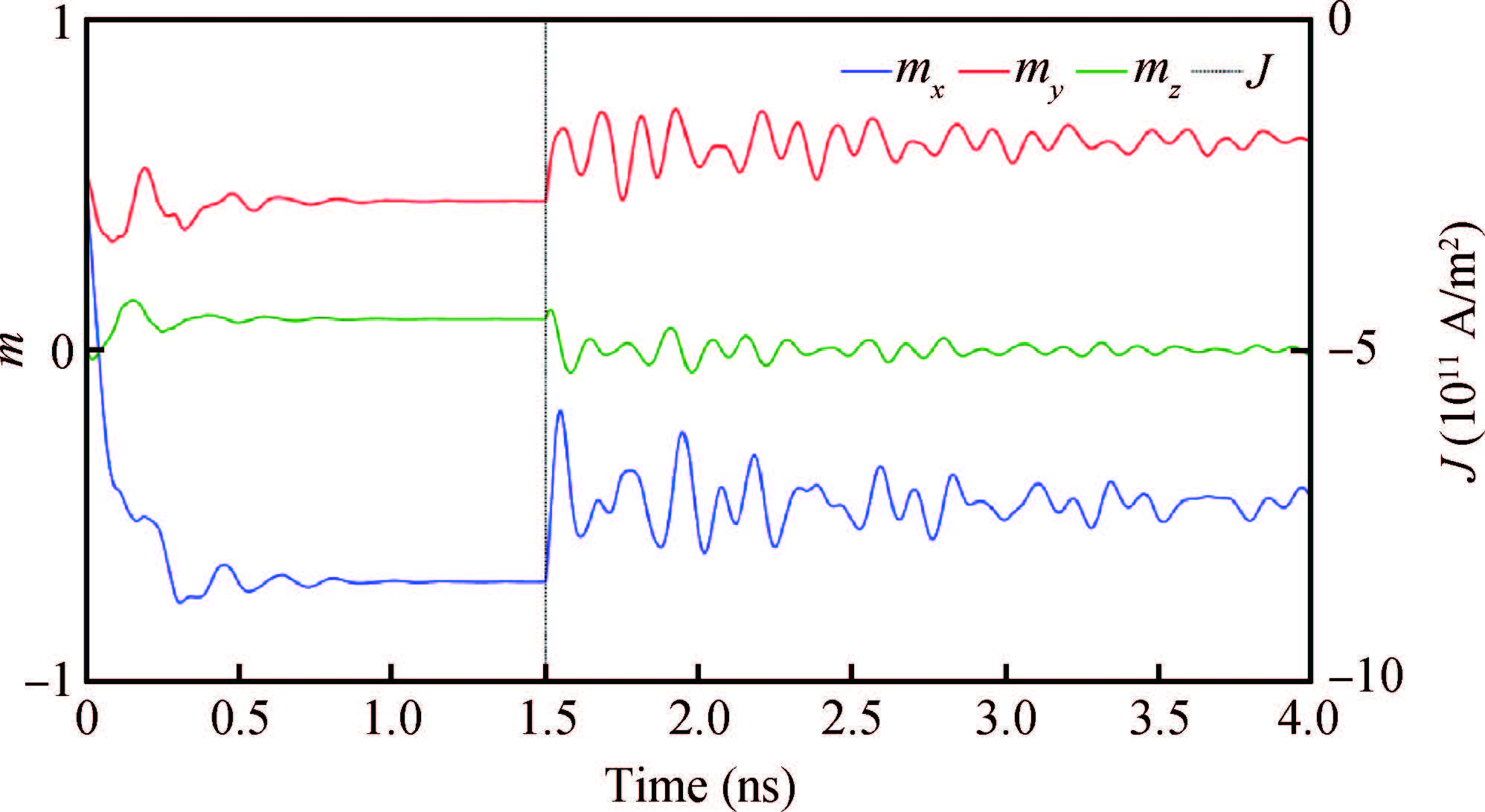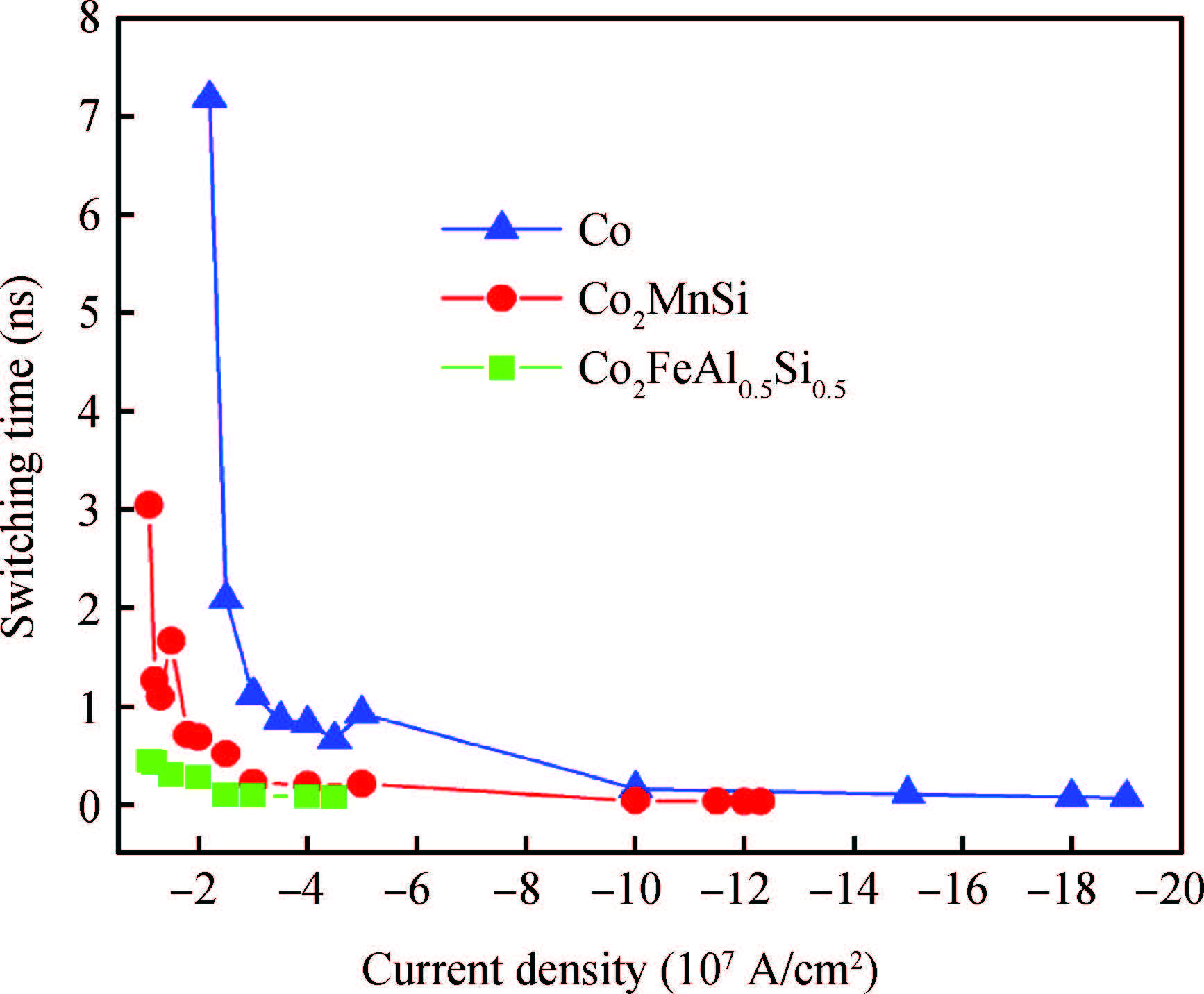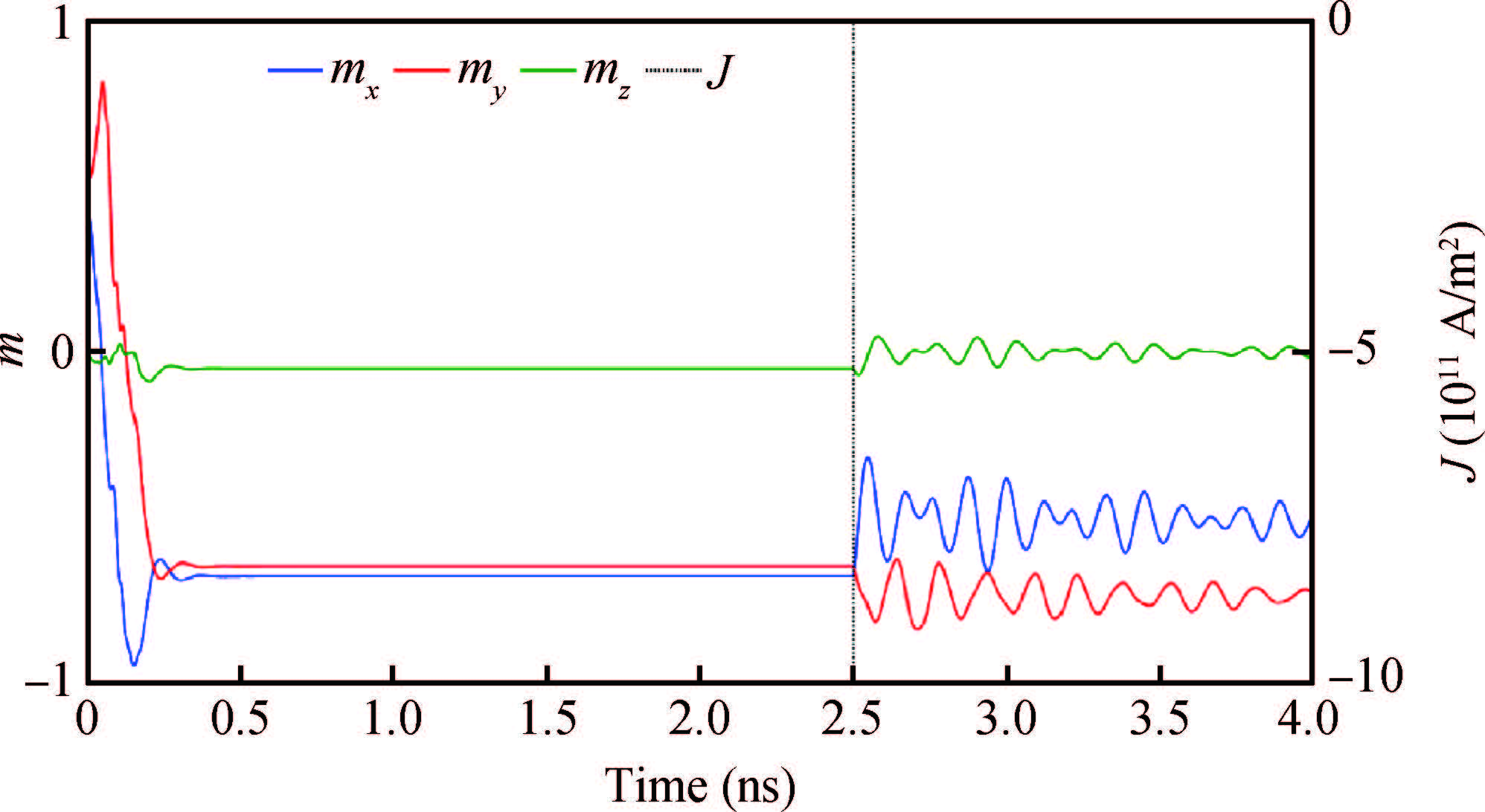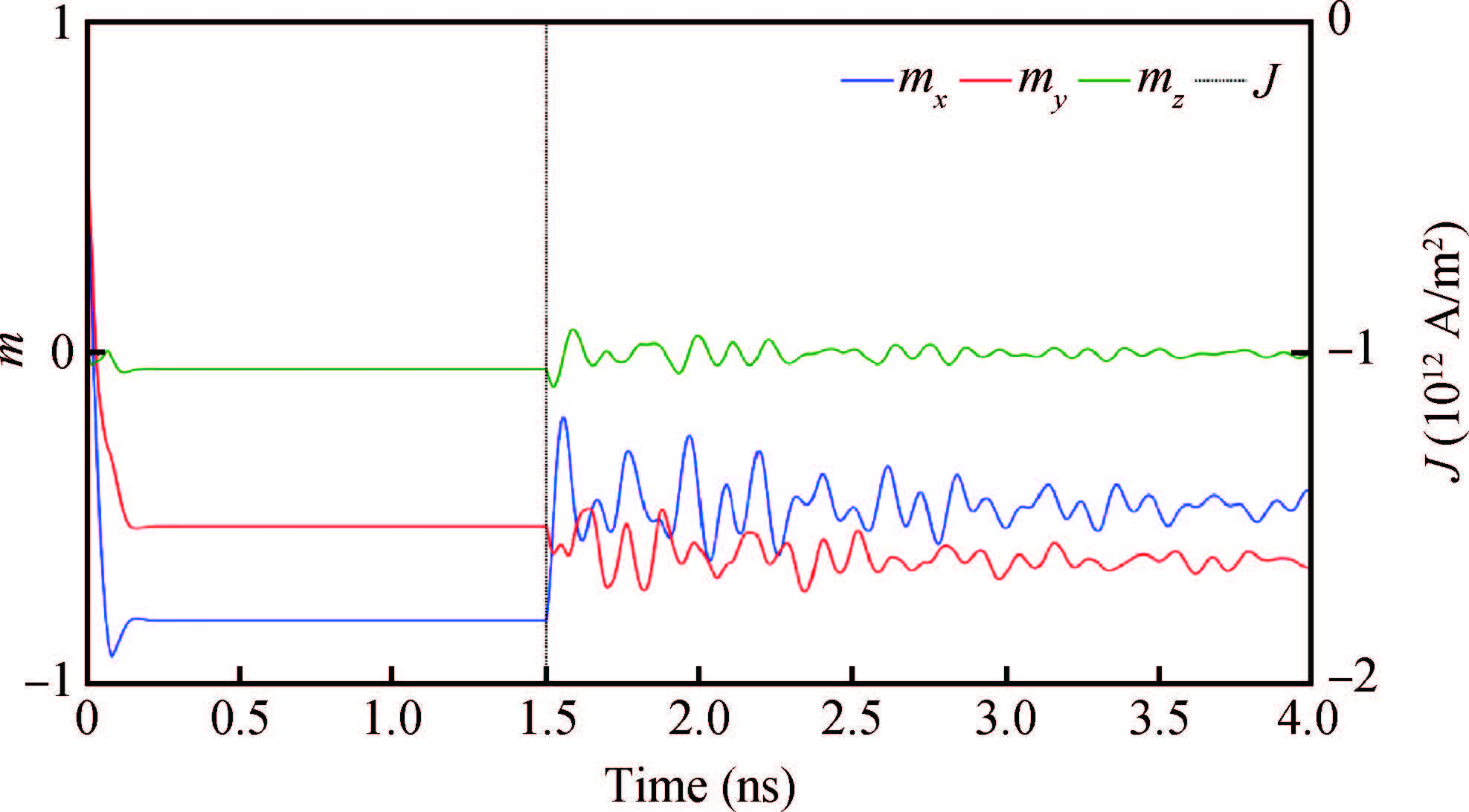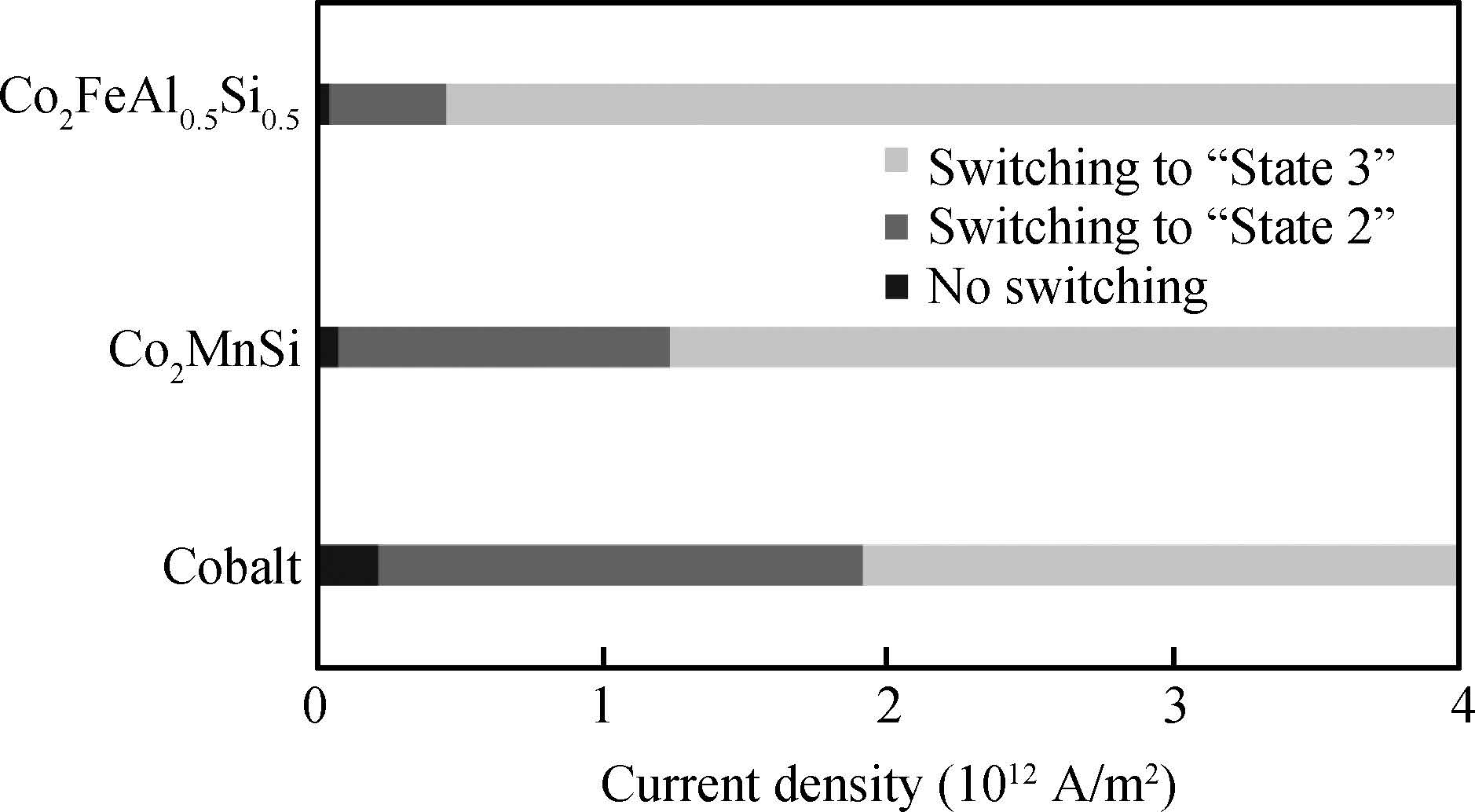| Citation: |
Tangudu Bharat Kumar, Bahniman Ghosh, Bhaskar Awadhiya, Ankit Kumar Verma. Performance analysis of STT-RAM with cross shaped free layer using Heusler alloys[J]. Journal of Semiconductors, 2016, 37(1): 014003. doi: 10.1088/1674-4926/37/1/014003
****
T B Kumar, B Ghosh, B Awadhiya, A K Verma. Performance analysis of STT-RAM with cross shaped free layer using Heusler alloys[J]. J. Semicond., 2016, 37(1): 014003. doi: 10.1088/1674-4926/37/1/014003.
|
Performance analysis of STT-RAM with cross shaped free layer using Heusler alloys
DOI: 10.1088/1674-4926/37/1/014003
More Information
-
Abstract
We have investigated the performance of a spin transfer torque random access memory (STT-RAM) cell with a cross shaped Heusler compound based free layer using micromagnetic simulations. We have designed a free layer using a Cobalt based Heusler compound. Simulation results clearly show that the switching time from one state to the other state has been reduced, also it has been found that the critical switching current density (to switch the magnetization of the free layer of the STT RAM cell) is reduced. -
References
[1] [2] [3] [4] [5] [6] [7] [8] [9] [10] [11] [12] [13] [14] [15] [16] [17] [18] [19] [20] [21] [22] [23] [24] [25] [26] [27] [28] [29] [30] -
Proportional views





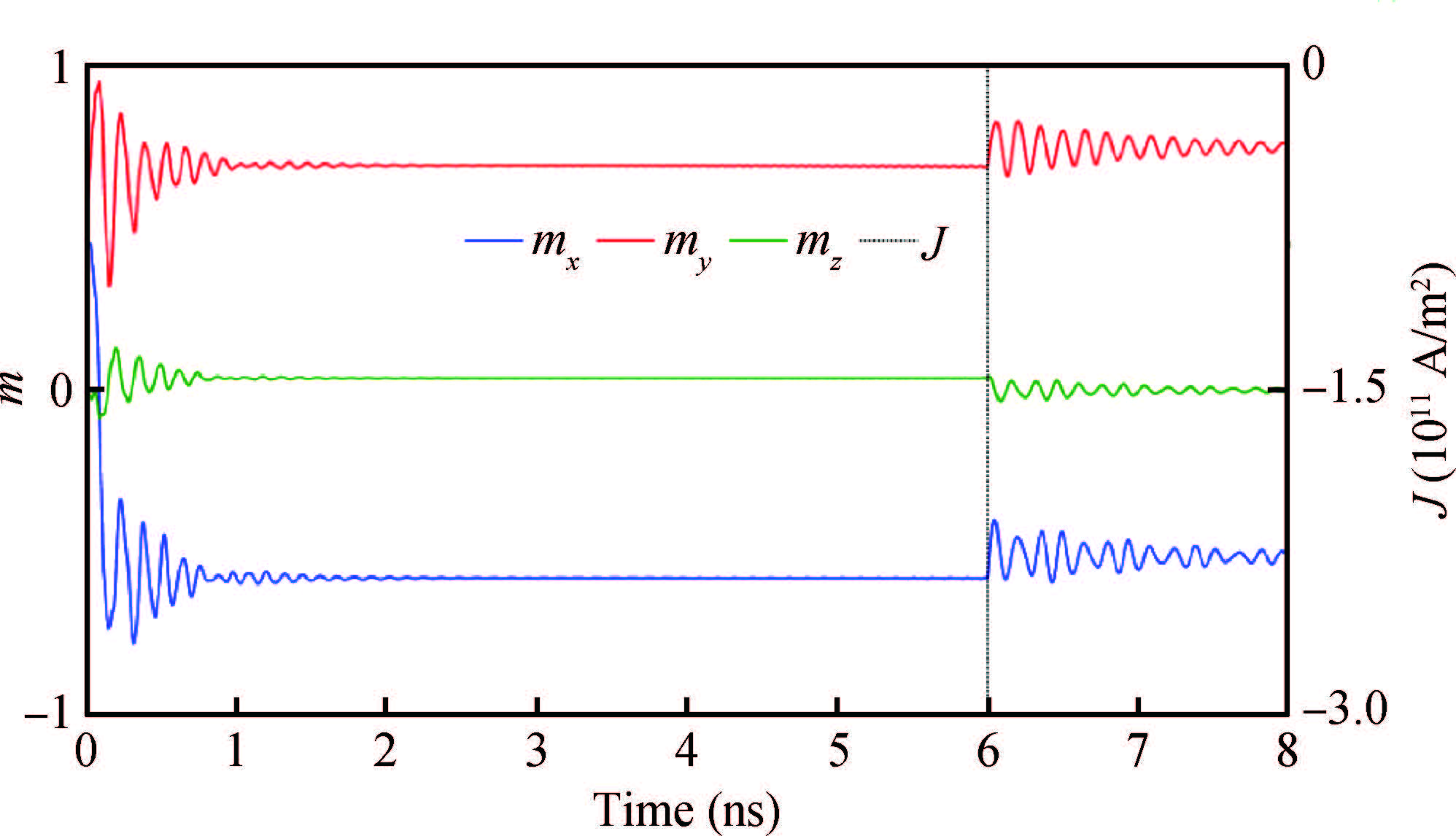
 DownLoad:
DownLoad:
